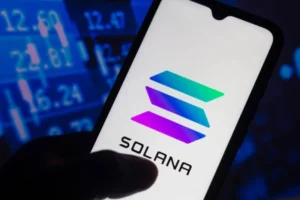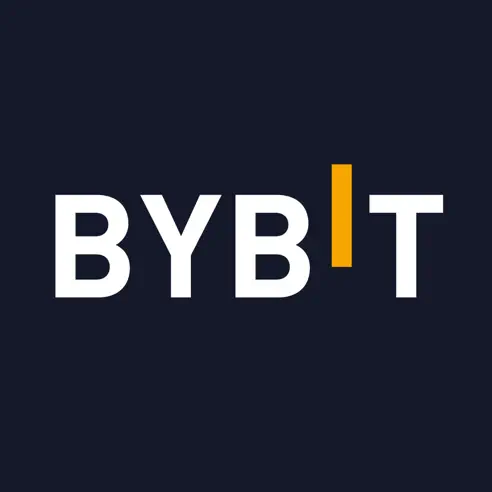B
itcoin transaction fees, which network users pay as incentives for miners, have been hovering near multi-year lows according to on-chain data. With the next halving of Bitcoin’s block subsidy now less than two weeks away, some analysts speculate this event could impact fee levels going forward. This article explores recent fee trends and analyzes whether historical patterns may provide clues on the halving’s potential influence.
Understanding Recent Fee Levels
To properly examine if fees may change post-halving, we must first evaluate their present state. As shown in the chart below provided by analyst James Van Straten, the average Bitcoin transaction fee paid per block has clearly remained quite low for an extended period.

This suggests miners have seen reduced incomes from network users. When user demand is low, there is little competitive pressure to outbid others with higher fees to expedite transactions. With the blockchain currently processing around 300,000 transactions daily, overall usage remains well below all-time highs seen in late 2017.
The Halving’s Previous Impact
To form a basis for possible fee outcomes this time, we can analyze how they shifted about prior halvings in 2012 and 2016. In both instances, data demonstrates fees began climbing months in advance as the event drew near. This trend seemingly came from speculators attempting to front-run reduced mining incentives by increasing user demand.
However, fees reacted differently post-halving. In 2012 there was an immediate dip followed by multi-month growth. But in 2016, fees plateaued instead of rising further. This highlights uncertainties around fee responses and that other factors like adoption levels ultimately determine longer-term impacts.
What To Expect This Time?
Whether history repeats itself depends on Bitcoin’s future usage. If the network sees significantly higher transaction volumes driven by wider commercial acceptance and application development, miners may become increasingly reliant on fee revenues to sustain operations profitably. This could mean fees rise notably from present lows as miners require greater compensation.
However, if on-chain activity remains steady near current levels or sees only gradual increases, miners may continue relying heavily on the block subsidy for longer. In this case, fees may stabilize or see slower growth than in previous cycles. Much also hinges on whether other anticipated 2020 events like Bitcoin payments firm adoption and a potential ETF approval impact demand.











